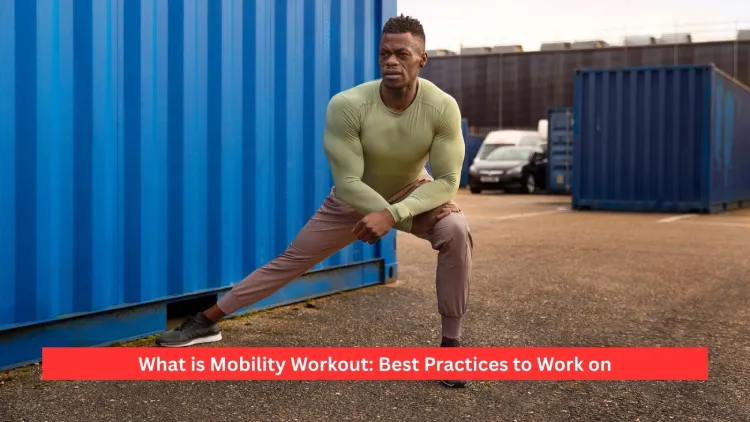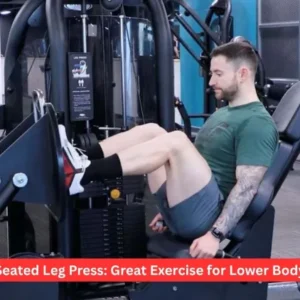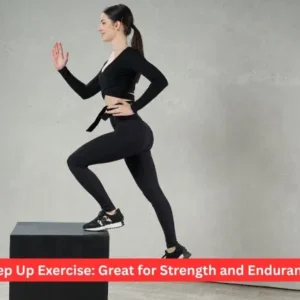A mobility workout is not a stretch session, but a specific program including strength, flexibility, as well as control to advance how your body moves. In contrast to flexibility training, mobility exercises make sure that your joints operate optimally when loaded, thus protecting you against injuries, optimising sporting performance, and freedom of movement in everyday activities. Finally, in 2025, the concept of mobility would be valued as equally important as that of strength training or cardio. Regular practice will enhance good posture, lessen the pain, and make you active even in old age.
You can visit our previous article if you are concerned about the callisthenics workout.
What Is a Mobility Workout?
Mobility workout is a set of exercises to enhance the coordination of your joints and muscle movements. Whereas flexibility is concerned with how far a muscle can stretch, mobility is concerned with how well that joint can move with control and strength. As an example, a person might be highly mobile, being able to touch their toes, and, at the same time, have difficulty with a deep squat due to a lack of real mobility of their hips and ankles.
Mobility, in elementary terms, is the movement without limitations. In the gym world, it means how well you can move- how easily you can squat, press, rotate, and do it without experiencing pain. The examples of mobility that you experience in everyday life are bending down in order to tie your shoes, turning around in a car in order to take something off the back seat of your car, or lifting your arms so that you can reach a shelf. These rather trivial steps explain why mobility is a critical need not only for athletes.
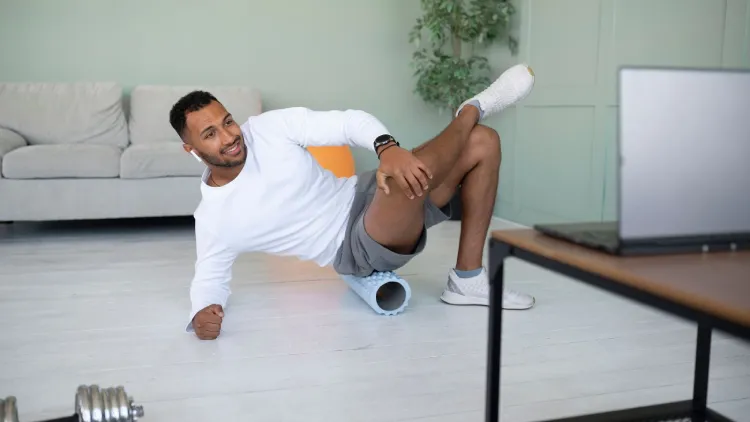
Benefits of a Mobility Workout
The emphasis on the advantages of incorporating a mobility workout into your regimen is very broad. Most importantly, it can safeguard your joints, making them well-lubricated and strong. Orthopaedic Holy Ray Why Not BC-Mobility can also ward off injuries, as stiff joints or weaker joints tend to strain or tear more easily.
The next major advantage is posture. Modernity, hours of sitting at desks, or staring at phones, results in tight hips, rounded shoulders and stiff spines. Mobility workout is one of the ways of reversing these imbalances. Indicators of good mobility are your level of squatting wth your heels on the ground, moving your torso without pain, or raising your arms above your head without your back bending so much.
The ability to move is also beneficial in the field of sports. Mobility in combination with strength causes athletes to move more forcefully and proficiently. Whereas strength training helps strengthen muscles, mobility can enable you to utilise the said strengths in the full range of motions. That is why mobility is not better than strength, but, on the contrary, goes hand in hand with it. As a whole, they make you a better, all-around athlete.
And yeah, mobility may assist in fat loss. Although mobility exercises do not burn off as many calories as high-intensity cardio does, they enable you to train harder and to recuperate faster. This translates to being able to do fat-burning exercises such as strength training or HIIT with greater efficiency since your body is in a position to move itself.
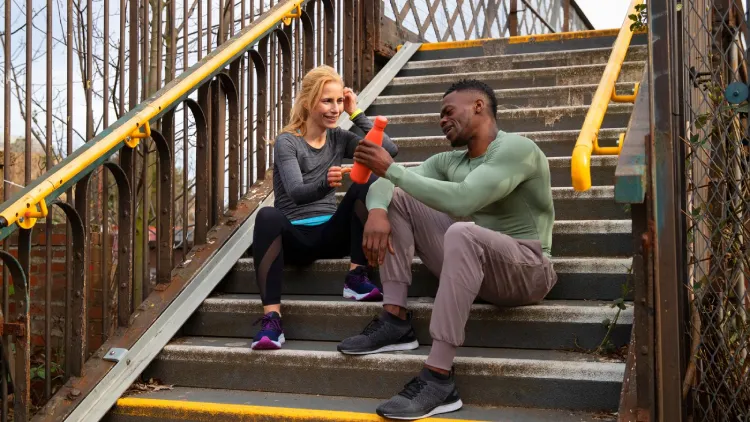
Best Practices for Mobility Workouts in 2025
There are some best practices to adopt to get the greatest benefit out of your mobility training.
- Be consistent: Having a regular practice is the trick to improved mobility. Occasional exercise of the mobility will not cause any sustainable alterations. The goal is 10 minutes each day, or at a minimum,3 times per week.
- Prep well-closed: Light movement–walking, cycling, jumping jacks, etc.–is where to start before mobility drills. This improves the circulation and warms up your joints.
- Tackle areas of common ailments: The hips, shoulders, ankles and the thoracic spine require additional attention in most individuals. Sitting and bad posture mostly affect these joints.
- Start small: Your first exercises are simple, including the cat-cow stretch, 90/90 hip rotations, or a deep squat hold, in case you are new. Such basic exercises are also referred to as the big three in terms of mobility.
- Progress gradually: Similarly to strength training, mobility also becomes better due to progressive overloading. You will be able to either increase your range of motion, number of reps or the time spent in each drill.
- Combine mobility and other training: A mobility workout is best done as an individual workout, although it is commonly most successful when combined with a warm-up, cool-down or an off day.
- Breathe: Slow, breathing in and out will allow your stiff muscles to relax and thus move easily.
There is a common tendency to compare mobility and flexibility, but the resemblances are not so strong. Passive flexibility is stretchiness–the degree of stretch on your muscles. Mobility is active- the quality with which you can use that range to control mobility. You can be flexible but not mobile. An example of this would be that a dancer might have the ability to do the splits (flexibility) but not squat or lunge with weight (mobility). The thing is that both of them are significant; only mobility tends to be more applicable to day-to-day life.
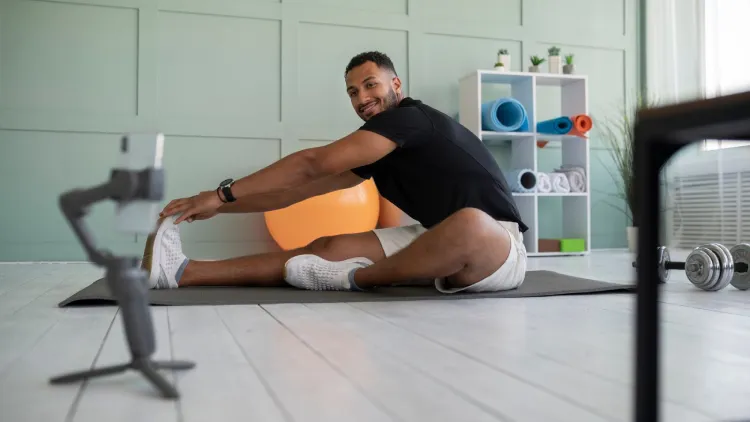
Common Mistakes to Avoid in Mobility Workouts
Most individuals embark on mobility workout but end up committing errors that do not enable them to achieve results. Among the greatest are mixing up stretching and mobility. Although stretching can enhance flexibility, it also needs strength and stability in order to achieve mobility. The other pitfall is a lack of consistency. Similar to weight training, mobility, once a month, can not be expected to deliver lasting results.
It is additionally a widespread blunder to rush movements. Mobility is a matter of control and consciousness- when you go too rapidly, you are not capable of obtaining the advantages. Individuals also prefer to avoid that part of the body that is weakest, such as stiff hips or shoulders, since they feel awkward. However, it is precisely working in the tight spots that results in better mobility in the long run.
Lastly, there is no point in overdosing. Hyperextensively trying to make a joint move that it is not ready to perform may result in injuries. The point is that mobility must be a challenge to you, not a pain.
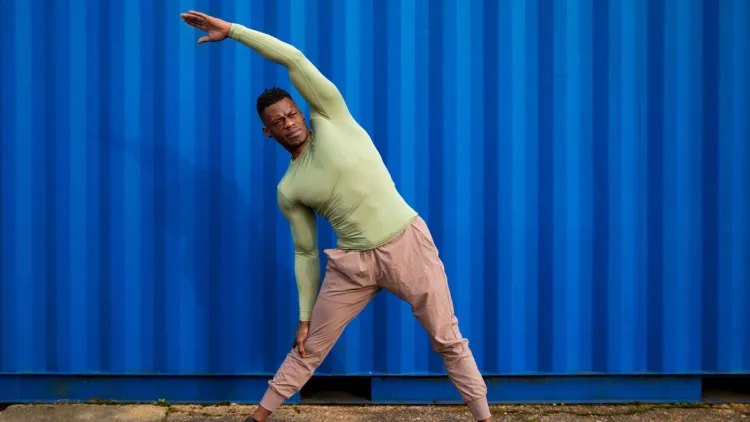
Effective Mobility Workout Routine (2025 Edition)
A basic 15-minute mobility exercise that you can do in a day.
- Cat-Cow Stretch (1 minute): Spinal mobility, posture.
- World’s Greatest Stretch (5 reps each side): opens hips, stretches the hamstrings, and rotates the thoracic spine. It is usually thought of as being the most comprehensive mobility move.
- 90/90 Hip Rotations (8 per side): The so-called 90/90 drill enhances hip rotation and stability.
- Shoulder Controlled Articular Rotation (CARs; 5 circles per arm): Strengthens and provides healthier shoulder joints.
- Ankle Rocking Deep Squat Hold (1 minute): Bobs are not only a strength, but they are terrific tests of mobility, too. This exercise enhances the movement of the ankles, knees, and hips.
- Thoracic Spine Rotations (10 reps per side): This exercise will restore the mobility of the upper back to minimise the stiffness of sitting.
That exercise may be done every day. As a matter of fact, mobility exercises can be repeated often because they are low-impact. Slow work with attention to control ought to be used in each exercise. The majority of movements will include 8-12 reps or 30-60 seconds of controlled movement.
Mobility vs. Other Forms of Training
Individuals refer to mobility as yoga or Pilates, or in some cases, as stretching. Although yoga and Pilates have the potential to increase flexibility and core strength, a mobility routine is more joint-specific and functional. It develops muscle in those places you will utilise in sports and everyday activities. It does not imply that one type is superior to another- a lot of individuals have the best outcomes when combining yoga, Pilates, and mobility exercises.
Mobility is not an efficient fat-burning choice. Cardio, higher intensity workouts, and resistance training are calorie burners. Nevertheless, mobility does help by allowing you to increase the intensity of the training in those sessions without causing injury. Consider someone with limited mobility at the ankle as an example, and this person may find it difficult to get into a deep squat to train legs and burn calories. Ankle mobility increases strength training, and strength training facilitates fat loss.
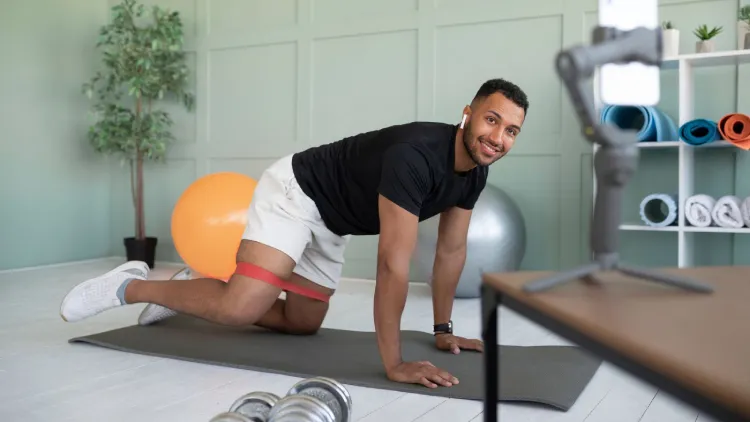
Final Thoughts
A mobility workout is no longer an ornament, and in 2025, it is now a requirement. In whatever activity you undertake, be it weight training, sports activities or even daily life, it is mobility that ensures that your body flows painlessly.
Mobility training can make you robust, pliable and useful at all ages. It also supplements strength and flexibility, avoids injuries, promotes good posture, and enables you to continue the activities that you love. Now that you have wondered when to start, the answer is right now. You don’t have to wait until you are stiff or have pain to do it, but rather take it as prevention, not a remedy.
Begin by doing short, regular sessions and concentrate on the three big drills: cat-cow, World’s Greatest Stretch, and the 90/90 hip rotation. Based on that, you will be able to develop a routine according to your lifestyle. And keep in mind, mobility does not mean being able to reach your toes- it means being able to live without boundaries.
Frequently Asked Questions
1. How is mobility different from flexibility?
Flexibility refers to the extent to which a muscle may be lengthened, and mobility is concerned with how well a joint may be moved in strength and control. Flexibility can be achieved without mobility, but the real mobility is pain-free mobility in your daily living and in sports.
2. What is the frequency of doing a mobility workout?
Mobility exercises also have low impact, and therefore, you can safely do them daily. Ideally, do 10-20 minutes a day; also, 3 sessions a week at least.
3. Is a mobility workout useful in fat loss?
Mobility exercises are not as calorie-burning as cardio or strength training, yet enhance your quality of movements, prevent injuries, and, as a result, enable you to train more efficiently in fat-burning exercises, such as HIIT, weightlifting.
4. What are the top mobility exercises of 2025?
Such exercises as Cat-Cow stretches, World’s Greatest Stretch, 90/90 hip rotations, Shoulder CARs, Deep Squat Holds, and Thoracic Spine Rotations are among the best. Taken together, they address the large joints that most individuals have

